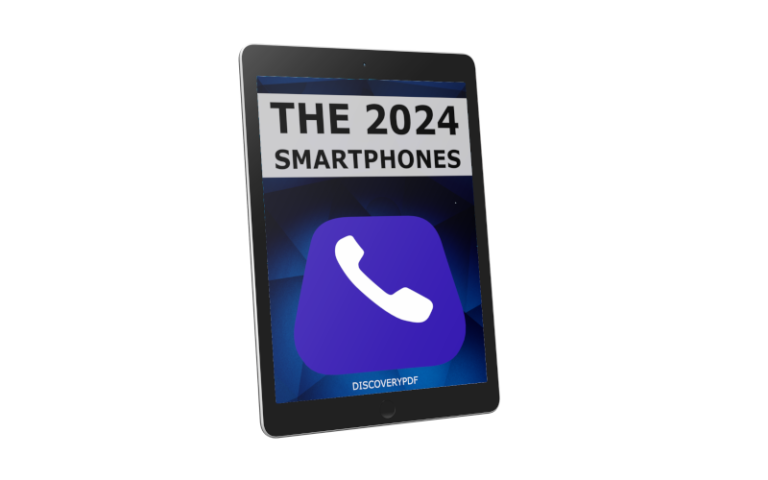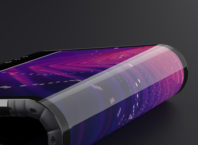Every smartphone is a digital device. It means all information you see on the screen is written in the smartphone’s memory as a string of numbers from 0 and 1. The same situation is with audio samples. Every sound sample is converted to digital representation in digital memory. By using smartphone’s CPU, digital audio signal can be converted back to an analog signal.
In a smartphone, CPU, together with DAC (Digital to Analog converter), is the main hardware responsible for decoding. CPU together with smartphone software is used to decode sound samples from WAV, MP3, FLAC etc. to the digital signals understandable to DAC. Lately, the most popular smartphone CPU is Snapdragon which has hardware decoder for analog samples. This decoder helps main CPU to decode audio signals. Qualcomm has its own decoder named Qualcomm WCD93XX. In some Smartphones there can be Optional Audio Processor, like in LG where they use ESS QUAD Hi-Fi DAC for higher sound quality.

Qualcomm Snapdragon with Audio DAC.
DAC is a hardware component inside the decoder chip that converts raw digital data levels
to analog voltage levels. These analog levels can be later amplified and used on headphones
or speakers. In the block diagram showed below Qualcomm uses their own solutions and in every new WCD93XX family, they update and improve decoder and DAC parameters

Qualcomm WCD93XX family diagram
General Audio | Voice Services Support: Amazon Alexa Voice Service, Microsoft Cortana, Baidu DuerOS, Google Assistant |
Audio Playback | Playback Dynamic Range: 130dB |
Total Harmonic Distortion + Noise (THD+N), Playback: -109dB | |
Sampling, Playback: 44.1kHz, 48kHz | |
PCM, Playback: Up to 384kHz/32bit | |
Audio Recording | Recording Dynamic range: 109dB |
Sampling, Record: Up to 192kHz/24bit | |
Total Harmonic Distortion + Noise (THD+N), Record: -103dB | |
Power Consumption | Audio Playback: 34mW for high performance mode, 6mW low power mode |
Low Power Voice Activation: 0.65mA |
Qualcomm WCD 9340 Parameters
Difference between external companies and Qualcomm is mainly in the sound quality. With every new family of Qualcomm CPU, they improve the sound quality while the chips are still capable to support voice recognition and audio recording. Some manufacturers are focused only on this one small chip called DAC that does the audio decoding to maximize the overall sound quality accessed via the headphones. One of them is ESS Company, which we will take a closer look at. The main chip they use now is ES9218P

ES9218P diagram
Headphones or different audio devices connected via a mini-jack are connected to OUT_L and OUT_R output according to the above diagram. Before the audio signal/sound from CPU travels to the headphones, it is modulated and decoded in HyperStream®II HiFi DACs which is followed by the signal being amplified in HP AMP operational amplifier. If the user wants to use default DAC (like build in Qualcomm) then the signal from Qualcomm WCD93XX goes through ANALOG BYPASS Path directly to the mini-jack plug.
The biggest advantage of this solution is supporting HiFi quality headphones with resistance even at 320ohms. Normally, the music converted from DAC lacking extra amplifiers can be barely audible or be of bad quality. Furthermore, additional DAC and amplifier allows us to use studio headphones together with the smartphone.






